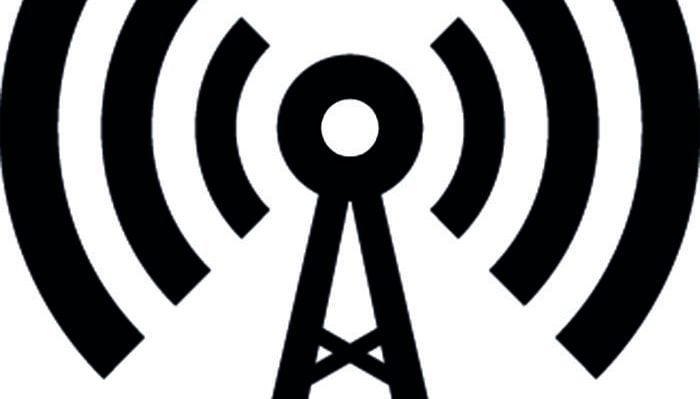White Paper Overview: Utilising dynamic scheduling in a predictive maintenance world
May 19, 2017 • Features • Predictive maintenance • resources • White Paper • White Papers & eBooks • dynamic scheduling • IFS • IoT
Resource Type: White Paper
Published by: IFS
Title: Utilising dynamic scheduling in a predictive maintenance world
Synopsis:

People assume that machines will talk to each other as part of IoT, but it seems that the integration of data from IoT projects is something that is lacking.
In fact, it’s common to see organisations working with multiple IoT projects because of the disconnected flow of data. Effective use of real-time data from IoT projects enables operative predictive maintenance, which can link to advanced scheduling, more effective delivery of service, and higher customer satisfaction ratings. But how do these three business strategies link together?
In the context of this white paper, IoT means using data coming from sensors, in combination with data interpretation to predict maintenance needs. From those predictions of maintenance needs, the most efficient field schedule can be created through advanced scheduling based on data provided from the machine in the field, technician skills, and parts and tools needed for maintenance.
These predictions in combination with advanced scheduling take the schedule beyond drive time and identify the most effective use of your most important asset—the field service engineer
Overview:
This white paper covers four key areas:
IoT Strategy:
No matter the industry, any company can leverage an IoT strategy. Mobile phones, tables, machines and other devices continuously collect information that can be analysed and acted upon.
Cisco IBSG predicts there will be 50 billion internet-connected devices by 2020. This is an astonishing 100 percent increase from 2015.
This increase in internet-connected devices provides the opportunity to embrace IoT in a big way by leveraging large quantities of data from connected devices.
Predictive maintenance:
As unplanned downtime can disrupt an entire organisation, diminishing down-time is invaluable to organisations.
A survey conducted by Nielsen Research demonstrated that downtime costs an average of $22,000 per minute.
Because downtime can be so costly, most organisations invest in predictive maintenance in an effort to replace worn-down parts before they cause downtime. A well-designed IoT solution is a step in the right direction.
Leveraging real-time with advance scheduling:
When real-time data from an IoT solution connects with an advanced scheduling solution, a field technician can be notified of high-priority maintenance, prioritised by the advanced scheduling solution’s ability to adjust a schedule by responding to customer SLAs as appropriate.
The solution generates the most efficient, cost-effective schedule, identifying travel routes for the technician in closest proximity to the site of maintenance, with the right tools and skill-set to meet the maintenance needs.
Benefits of an IoT solution:
To move from reactive maintenance to predictive and preventive maintenance, an IoT solution providing real-time data should be implemented. By attaching sensors to equipment and facilities, an organisation can gain information about the condition of the equipment and facilities and how they are being used.
A task could be assigned to a field technician who travels to a customer site to address an issue before a customer is even aware that they have an issue.
The field service system analyses the data and issues prescribed actions that automatically lead to tasks being performed based on rules defined by the user. For instance, a task could be assigned to a field technician who travels to a customer site to address an issue before a customer is even aware that they have an issue.
Talk about a high customer satisfaction rating!





















 Field Service News is published by 1927 Media Ltd, an independent publisher whose sole focus is on the field service sector. As such our entire resources are focused on helping drive the field service sector forwards and aiming to best serve our industry through honest, incisive and innovative media coverage of the global field service sector.
Field Service News is published by 1927 Media Ltd, an independent publisher whose sole focus is on the field service sector. As such our entire resources are focused on helping drive the field service sector forwards and aiming to best serve our industry through honest, incisive and innovative media coverage of the global field service sector.
Leave a Reply